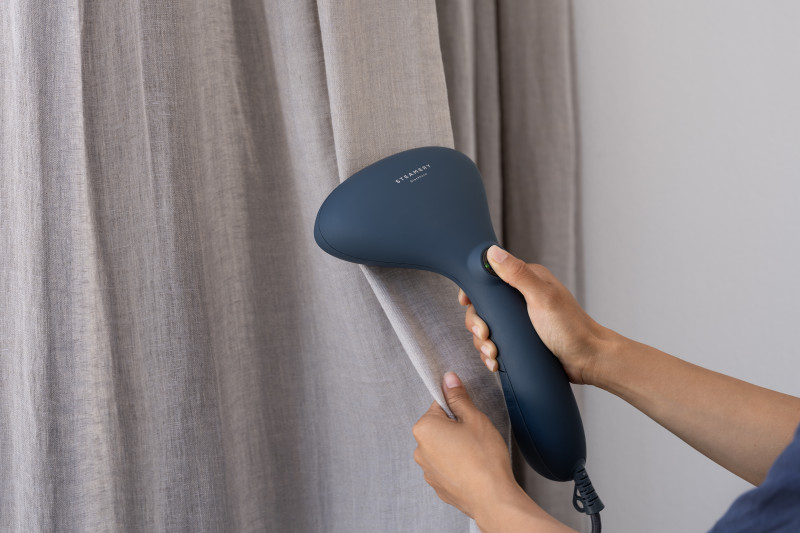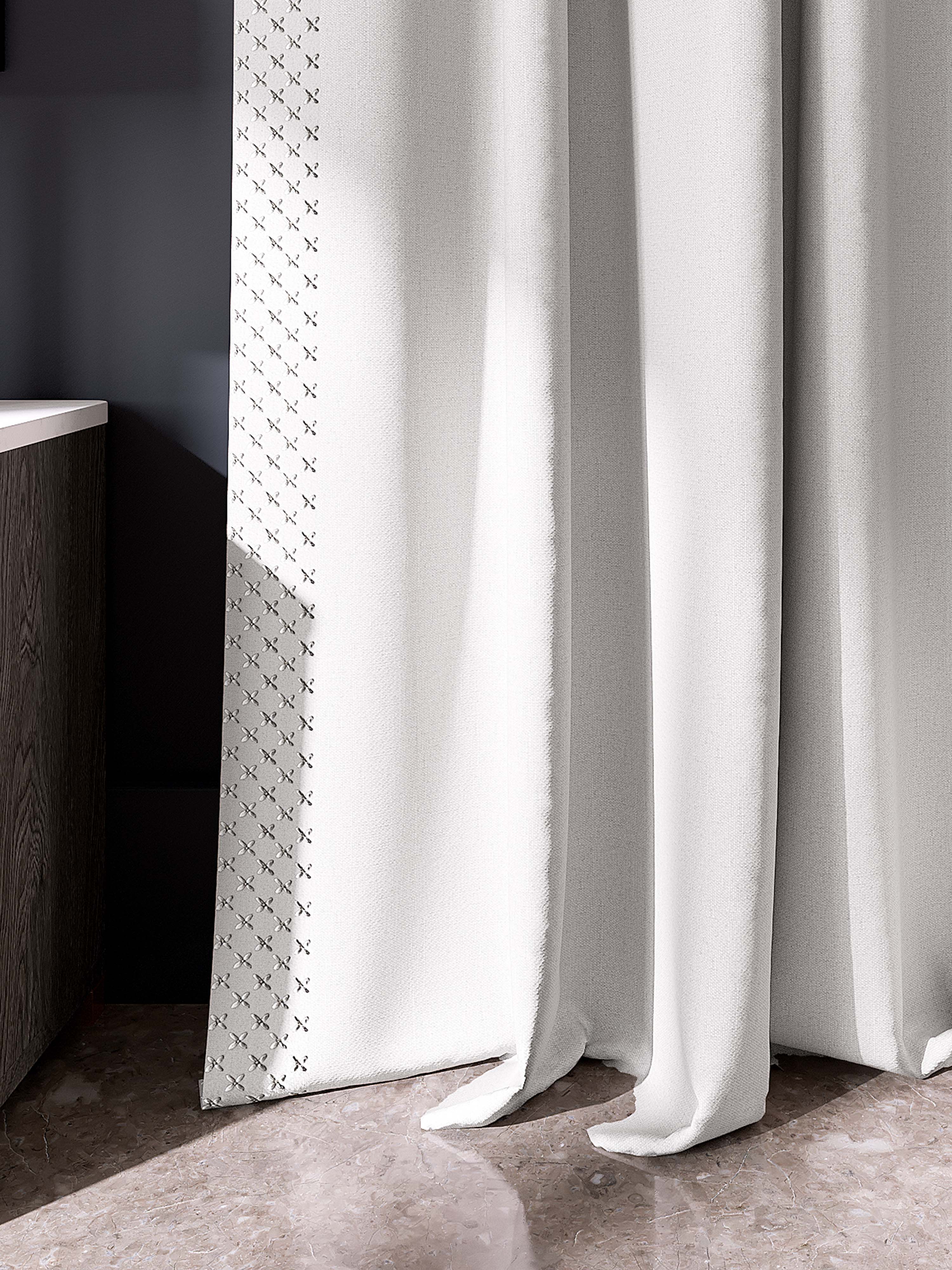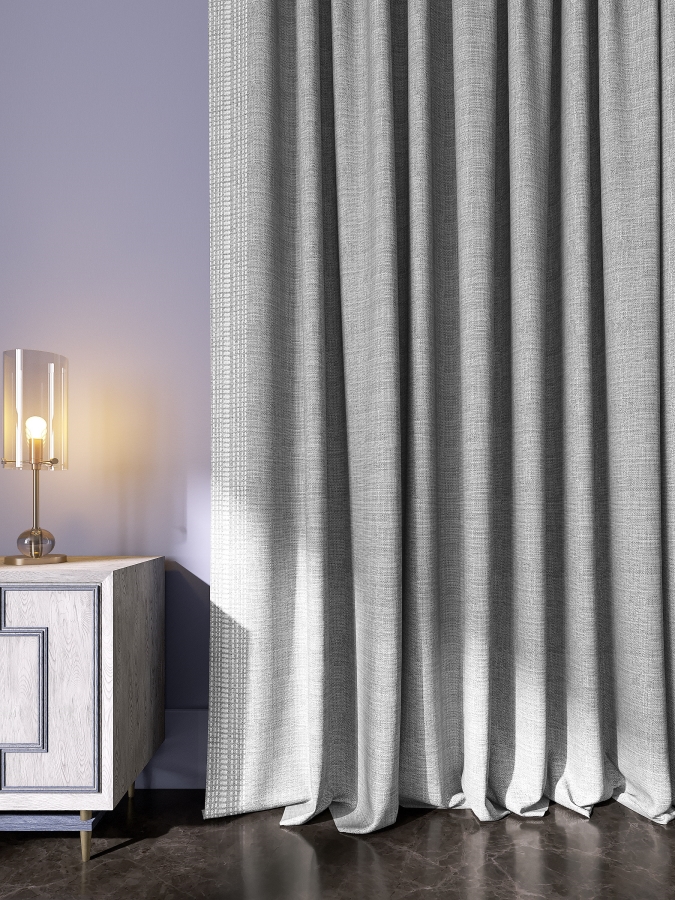SAVE YOUR CART
We noticed you have not Logged In or Signed Up. Leaving tulio.design will result in your history and cart getting lost.


Choose the language you’d like to browse the site in
Choose a country or region. This affects the currency you’re billed in, availability of items, price and delivery options.
 Afghanistan
Afghanistan
USD $
 Albania
Albania
USD $
 Algeria
Algeria
USD $
 Andorra
Andorra
EUR €
 Angola
Angola
USD $
 Argentina
Argentina
USD $
 Armenia
Armenia
USD $
 Australia
Australia
USD $
 Austria
Austria
EUR €
 Azerbaijan
Azerbaijan
USD $
 Bahamas
Bahamas
USD $
 Bahrain
Bahrain
USD $
 Bangladesh
Bangladesh
USD $
 Barbados
Barbados
USD $
 Belarus
Belarus
USD $
 Belgium
Belgium
EUR €
 Belize
Belize
USD $
 Benin
Benin
USD $
 Bhutan
Bhutan
USD $
 Bolivia
Bolivia
USD $
 Bosnia and Herzegovina
Bosnia and Herzegovina
USD $
 Botswana
Botswana
USD $
 Brazil
Brazil
USD $
 Brunei
Brunei
USD $
 Bulgaria
Bulgaria
USD $
 Burkina Faso
Burkina Faso
USD $
 Burundi
Burundi
USD $
 Cabo Verde
Cabo Verde
USD $
 Cambodia
Cambodia
USD $
 Cameroon
Cameroon
USD $
 Canada
Canada
USD $
 Central African Republic
Central African Republic
USD $
 Chad
Chad
USD $
 Chile
Chile
USD $
 China
China
USD $
 Colombia
Colombia
USD $
 Comoros
Comoros
USD $
 Congo (Congo-Brazzaville)
Congo (Congo-Brazzaville)
USD $
 Costa Rica
Costa Rica
USD $
 Croatia
Croatia
USD $
 Cuba
Cuba
USD $
 Cyprus
Cyprus
EUR €
 Czechia (Czech Republic)
Czechia (Czech Republic)
USD $
 Democratic Republic of the Congo
Democratic Republic of the Congo
USD $
 Denmark
Denmark
USD $
 Djibouti
Djibouti
USD $
 Dominica
Dominica
USD $
 Dominican Republic
Dominican Republic
USD $
 Ecuador
Ecuador
USD $
 Egypt
Egypt
USD $
 El Salvador
El Salvador
USD $
 Equatorial Guinea
Equatorial Guinea
USD $
 Eritrea
Eritrea
USD $
 Estonia
Estonia
EUR €
 Eswatini
Eswatini
USD $
 Ethiopia
Ethiopia
USD $
 Fiji
Fiji
USD $
 Finland
Finland
EUR €
 France
France
EUR €
 Gabon
Gabon
USD $
 Gambia
Gambia
USD $
 Georgia
Georgia
USD $
 Germany
Germany
EUR €
 Ghana
Ghana
USD $
 Greece
Greece
EUR €
 Grenada
Grenada
USD $
 Guatemala
Guatemala
USD $
 Guinea
Guinea
USD $
 Guinea-Bissau
Guinea-Bissau
USD $
 Guyana
Guyana
USD $
 Haiti
Haiti
USD $
 Honduras
Honduras
USD $
 Hungary
Hungary
USD $
 Iceland
Iceland
USD $
 India
India
INR ₹
 Indonesia
Indonesia
USD $
 Iran
Iran
USD $
 Iraq
Iraq
USD $
 Ireland
Ireland
EUR €
 Israel
Israel
USD $
 Italy
Italy
EUR €
 Jamaica
Jamaica
USD $
 Japan
Japan
JPY ¥
 Jordan
Jordan
USD $
 Kazakhstan
Kazakhstan
USD $
 Kenya
Kenya
USD $
 Kiribati
Kiribati
USD $
 Kuwait
Kuwait
USD $
 Kyrgyzstan
Kyrgyzstan
USD $
 Laos
Laos
USD $
 Latvia
Latvia
EUR €
 Lebanon
Lebanon
USD $
 Lesotho
Lesotho
USD $
 Liberia
Liberia
USD $
 Libya
Libya
USD $
 Liechtenstein
Liechtenstein
USD $
 Lithuania
Lithuania
EUR €
 Luxembourg
Luxembourg
EUR €
 Madagascar
Madagascar
USD $
 Malawi
Malawi
USD $
 Malaysia
Malaysia
USD $
 Maldives
Maldives
USD $
 Mali
Mali
USD $
 Malta
Malta
EUR €
 Marshall Islands
Marshall Islands
USD $
 Mauritania
Mauritania
USD $
 Mauritius
Mauritius
USD $
 Mexico
Mexico
USD $
 Micronesia
Micronesia
USD $
 Moldova
Moldova
USD $
 Monaco
Monaco
EUR €
 Mongolia
Mongolia
USD $
 Montenegro
Montenegro
EUR €
 Morocco
Morocco
USD $
 Mozambique
Mozambique
USD $
 Myanmar (Burma)
Myanmar (Burma)
USD $
 Namibia
Namibia
USD $
 Nauru
Nauru
USD $
 Nepal
Nepal
USD $
 Netherlands
Netherlands
EUR €
 New Zealand
New Zealand
USD $
 Nicaragua
Nicaragua
USD $
 Niger
Niger
USD $
 Nigeria
Nigeria
USD $
 North Korea
North Korea
USD $
 North Macedonia
North Macedonia
USD $
 Norway
Norway
USD $
 Oman
Oman
USD $
 Pakistan
Pakistan
USD $
 Palau
Palau
USD $
 Palestine
Palestine
USD $
 Panama
Panama
USD $
 Papua New Guinea
Papua New Guinea
USD $
 Paraguay
Paraguay
USD $
 Peru
Peru
USD $
 Philippines
Philippines
USD $
 Poland
Poland
USD $
 Portugal
Portugal
EUR €
 Qatar
Qatar
USD $
 Romania
Romania
USD $
 Russia
Russia
USD $
 Rwanda
Rwanda
USD $
 Saint Kitts and Nevis
Saint Kitts and Nevis
USD $
 Saint Lucia
Saint Lucia
USD $
 Saint Vincent and the Grenadines
Saint Vincent and the Grenadines
USD $
 Samoa
Samoa
USD $
 San Marino
San Marino
EUR €
 Sao Tome and Principe
Sao Tome and Principe
USD $
 Saudi Arabia
Saudi Arabia
SAR ر.س
 Senegal
Senegal
USD $
 Serbia
Serbia
USD $
 Seychelles
Seychelles
USD $
 Sierra Leone
Sierra Leone
USD $
 Singapore
Singapore
USD $
 Slovakia
Slovakia
EUR €
 Slovenia
Slovenia
EUR €
 Solomon Islands
Solomon Islands
USD $
 Somalia
Somalia
USD $
 South Africa
South Africa
USD $
 South Korea
South Korea
USD $
 South Sudan
South Sudan
USD $
 Spain
Spain
EUR €
 Sri Lanka
Sri Lanka
USD $
 Sudan
Sudan
USD $
 Suriname
Suriname
USD $
 Sweden
Sweden
USD $
 Switzerland
Switzerland
USD $
 Syria
Syria
USD $
 Taiwan
Taiwan
USD $
 Tajikistan
Tajikistan
USD $
 Tanzania
Tanzania
USD $
 Thailand
Thailand
USD $
 Timor-Leste
Timor-Leste
USD $
 Togo
Togo
USD $
 Tonga
Tonga
USD $
 Trinidad and Tobago
Trinidad and Tobago
USD $
 Tunisia
Tunisia
USD $
 Turkey
Turkey
USD $
 Turkmenistan
Turkmenistan
USD $
 Tuvalu
Tuvalu
USD $
 Uganda
Uganda
USD $
 Ukraine
Ukraine
USD $
 United Arab Emirates
United Arab Emirates
AED د.إ
 United Kingdom
United Kingdom
GBP £
 United States
United States
USD $
 Uruguay
Uruguay
USD $
 Uzbekistan
Uzbekistan
USD $
 Vanuatu
Vanuatu
USD $
 Vatican City
Vatican City
EUR €
 Venezuela
Venezuela
USD $
 Vietnam
Vietnam
USD $
 Yemen
Yemen
USD $
 Zambia
Zambia
USD $
 Zimbabwe
Zimbabwe
USD $
Please Login First
COOKIES & PRIVACY
This website uses cookies to ensure you get the best experience on our website. Please read our Cookie Policy and Privacy Policy.
Tulio uses cookies, including third-party cookies, for functional reasons, for statistical analysis, to personalise your experience, offer you content that targets your particular interests and analyse the performance of our advertising campaigns.
These cookies are necessary for the web boutique to function and cannot be turned off. They are set to help improve your experience and offer you key functions on the website. These cookies do not store any personally identifiable information or track your browsing habits.
These cookies are used to enhance the functionality and personalisation of the web boutique as they collect information on your interests as your browse the website. They help us assist you as best possible and to recommend the products that best meet your expectations and preferences.
We noticed you have not Logged In or Signed Up. Leaving tulio.design will result in your history and cart getting lost.

Curtains are an essential aspect of home and office decor, adding elegance and style to any living space. Not only do curtains improve the aesthetic value of your home, but they also provide functional benefits too, like privacy and light control. However, curtains require regular maintenance to keep them looking fresh and new. In this blog post, we will take a deep dive into caring for your curtains, including different types of fabrics, cleaning and dusting techniques, washing and dry-cleaning dos and don'ts, dealing with stains and spills, preventing sun damage, ironing and steaming, and necessary repairs.
Curtains come in a wide range of fabrics, including cotton, linen, polyester, silk, and velvet. Each fabric has unique maintenance needs that need to be addressed for optimal longevity. Curtains for living room and urban space curtains are subject to dust and pollution, which can cause wear and tear. Sheer curtains are delicate and require gentle care. Blackout curtains offer privacy while also protecting furniture from sun damage. Understanding the fabric and the appropriate care techniques will help ensure your curtains last as long as possible.
Regular cleaning and dusting are essential parts of keeping your curtains looking their best. Use a soft-bristled brush or a vacuum with a soft dusting attachment to remove dust and debris from your curtains. Curtains for living rooms require more frequent cleaning due to increased traffic and pollution. Using a damp cloth or vacuum the curtains (without the brush) is ideal for sheer curtains since they are delicate. Regular dusting helps prolong the life of your curtains and keeps them looking fresh.
Washing and dry-cleaning are essential for keeping your curtains clean and fresh. It's important to read the care label and follow the instructions provided for your curtains' specific fabric type. Generally, machine washing is the preferred method for most curtains, while dry cleaning is recommended for silk or velvet curtains. Always test your curtains' color fastness in a small corner before washing them. Avoid using harsh detergents, and opt for a gentle cycle with cold water. A word of caution for white curtains - separate them from colored clothes when washing to prevent fading.
No matter how careful you are, spills and stains happen. If not addressed properly, spills and stains can damage your curtains. Always act quickly to address stains. First, gently blot excess liquid with a dry towel. Mix warm water with mild detergent and apply to the stained area. Blot the area with a clean towel and rinse with clean water. Avoid rubbing the area as it may damage the fabric.
Sun damage can significantly affect the color and quality of your curtains. To prevent fading, invest in curtains with UV protection or add a protective film to your windows. For blackout curtains, this added layer of protection ensures the material does not become brittle. It ensures curtains remain vibrant and protect furniture from sun damage.
Ironing and steaming are vital techniques for keeping your curtains wrinkle-free. Follow the instructions on the care label to determine the type of iron or steamer to use. Typically, lower heat settings are recommended when ironing or steaming. Iron from the top to the bottom of the curtains. Avoid pressing too hard on the fabric to prevent damaging it and do not iron over hardware such as metal grommets.
Regular inspections of your curtains are necessary for detecting and rectifying defects. Tears, snags, and hardware issues can develop, causing damage to the curtains. Fixing small issues before they become more significant problems can prevent costly replacements. Snags and holes should always be repaired using similar-colored thread and needles. Hardware issues can be solved with simple replacements such as replacing broken grommets.
In conclusion, taking care of your curtains is an ongoing activity. Proper maintenance ensures optimal performance and prolongs curtain life. Understanding your curtains' specific fabric type, cleaning regularly, using appropriate cleaning methods, preventing sun damage, ironing and steaming, and fixing issues quickly are all essential elements to prolonging the life of your curtains. Incorporate these tips into your cleaning routine to ensure a beautiful and functional curtain design in your home or office.
It is recommended to clean your curtains every 3 to 6 months, depending on your environment. High-traffic areas and urban spaces may require more frequent cleaning.
Most curtains can be machine washed, but it is crucial to follow the care label instructions. Delicate fabrics like silk and velvet may require dry cleaning instead.
To remove wrinkles, use a handheld steamer or iron with a low heat setting. Gently steam or press the curtain fabric, starting from the top and working your way down.
To prevent fading, invest in curtains with UV protection or add a protective film to your windows. This ensures curtains remain vibrant and protects furniture.
For common stains like food or drink spills, blot the area with a clean towel, then mix warm water with mild detergent and gently blot the stain. Avoid rubbing to prevent damage.
Small tears can be repaired at home using similar-colored thread and needles. For extensive damage or valuable curtains, it's best to seek professional help.
Regular dusting with a soft cloth or vacuuming with a dusting attachment is ideal for sheer curtains. Gently hand wash or use a delicate cycle when cleaning.
Blackout curtains should be regularly vacuumed or dusted to remove debris. It is recommended to follow the care label instructions for washing, as some may need dry cleaning.



